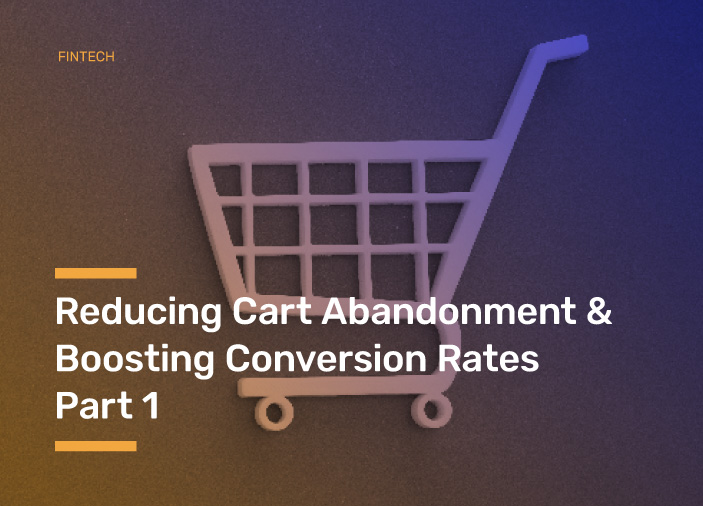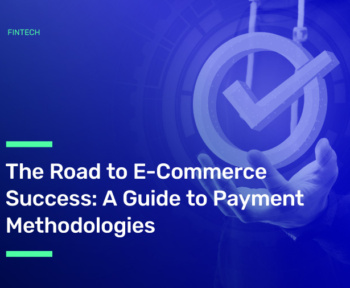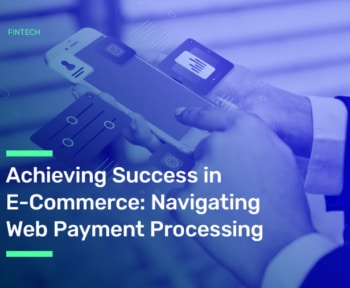
Table of Contents
Introduction
In this series of articles, we will share the steps you need to take to reduce cart abandonment rates, increase cart conversion rates, and provide a smooth payment experience for your customers.
Driving traffic to any e-commerce website and converting that traffic into users, customers, and sales is challenging and costly. In this context, if users have visited your site, liked your products, added them to their shopping cart, and intend to purchase, you should always retain them during checkout.
In general, the shopping process on an e-commerce site consists of three stages:
- Cart and product selection
- Delivery and billing address selection
- Payment page
If a user abandons the shopping process at any stage, this is called “Shopping Cart Abandonment.” When a user completes the purchase, it is considered a “Cart Conversion” or “Payment Conversion.” The shopping cart abandonment rate varies for each e-commerce site, depending on several parameters, but it is generally above 69%.*
In this series of articles, you will find many best practices for reducing cart abandonment and increasing cart conversion rates, including those mentioned by Craftgate CEO Hakan Erdoğan in his presentation at Webrazzi Payment Systems 2012: Shopping Cart Abandonment Statistics.

1. Cart and Payment Steps Design
In this first part of “What You Need to Do to Reduce Cart Abandonment & Boosting Conversion Rates,” you will find a cart and payment step design details.
When designing the shopping cart and payment steps, if you adhere to established Design Principles (DP), you will notice an increase in your cart conversion rate and a decrease in cart abandonment. Reducing cart abandonment rate requires as follow:
- DP-1: Minimize Page Transitions: The shopping cart and payment steps should have at most three pages (cart and product selection page, delivery/billing address selection page, and payment page). Remember to show the user which step they are at on the Cart page. The user’s current step and cart summary should also be displayed on the Address and Shipping page.
- DP-2: Fewer Clicks, More Conversions: The fewer clicks you require from users to complete the transaction, the more your cart conversion rate will increase (ideally, one-click/express checkout).
- DP-3: Reduce Distractions: Remove elements that could distract users during the shopping steps. Links and banners that lead outside the shopping steps should also be removed. If you must show links and banners, consider using lightboxes/popups within the current page instead of opening a new page when clicked.
- DP-4: Inform Users: Users should be informed about which step of the shopping process they are in, and product and delivery/billing address information should be shown in a cart summary format. For instance, on the payment page, the user should be able to see which step they are at and view a summary of their cart and address details.
- DP-5: Keep Interactions in the Visible Area: A page’s most viewed and clicked sections are those within the screen’s visible area. As you scroll down the page, visibility and click rates decrease. Therefore, presenting all content within the visible boundaries of the screen whenever possible will be beneficial. For example, if there are many items in the cart, place the “Purchase” button at the top and bottom since the button at the bottom may remain out of sight. If all content on the page cannot fit within the visible area, you can place a “Continue” button at the top.
To get detailed information for reducing cart abandonment rate, You can watch the details of these five principles, presented by our CEO, Hakan Erdoğan, here at Eticaret Mag Tahta Önü video.

2. Credit Card Payment Page
Now, let’s consider the critical points on the credit card payment page. We’d like to emphasize that these points are not universal truths but contain essential tips that will increase your payment success rate:
- The credit card payment page should be the default option if you offer multiple payment alternatives.
- Instead of using text such as “Credit Card Number” and “Name Surname on the Credit Card,” which imply credit cards, use text like “Card Number” and “Name Surname on the Card” since payments can also be made with debit cards and prepaid cards. Collecting the Name Surname on the Card information in a single input field instead of two separate input fields (minimum clicks, minimum input).
- Display the Card Number in a format like “4043 0812 1111 2222” (this will reduce user errors in entering card information).
- The expiration date should be in two separate combo boxes (preferably writable): 08/15 or 08/2015 format. (This way, you won’t lead the user to think which month “August 15” is, as the card could write it as 8/15.)
- Input fields should be displayed in the following order (if you collect the security code before the expiration date, the user may need to flip the card while on the front side and then back to the front again):
- The cardholder’s Name on the Card,
- Card Number,
- Expiration Date,
- CVC (Security Code).
- Allow the user to choose the bank and card type (VISA, Mastercard, American Express) without requiring additional input. (BIN = Bank Identification Number, the first six digits of the card, can provide this information.) (Craftgate regularly obtains and updates the BIN/IIN list from The Interbank Card Center (BKM) and banks, offering you a BIN Query Service to perform queries.)
- Offer the 3D Secure option and enable users to pay with 3D Secure according to their preference.

- In Turkey, with 161 million bank cards and 93 million credit cards, users can change their card preferences based on the advantages offered to them during payment. Therefore, it would be beneficial to show all opportunities provided by the banks you work with (installments at the cash price, deferred installments, earning extra points, etc.) through an informative tool like a lightbox/banner.
- After entering the card number, installation options and card/bank-specific deals should be displayed.
- The checkbox where the user indicates that they have read and approved the Distance Sales Agreement and Preliminary Information Form should be kept from pre-checked. This ensures that no transaction is made without the user’s consent.
The payment page should have an SSL certificate (https).
Logos of affiliated banks, cards, and payment infrastructure providers should be displayed.
Syntactic and semantic validations should be performed on the front-end and server side, and the necessary information messages should be shown to the user.
To tips for reducing cart abandonment rate on your web site, access Part 2 of the “Reducing Cart Abandonment and Increasing Conversion Rates” series here.
For services that increase payment conversion rates, improve the customer payment experience on your website, and provide added value, you can contact us immediately at Craftgate.






